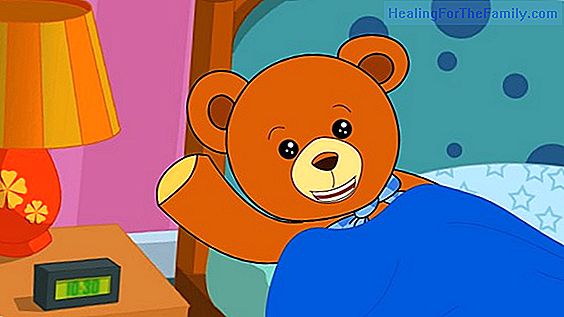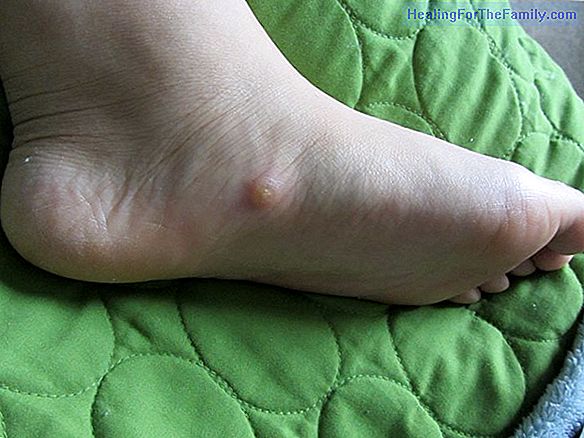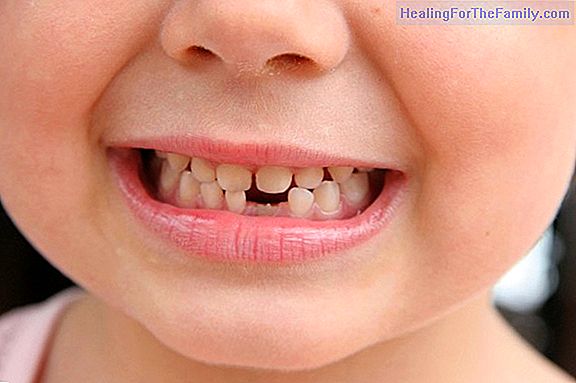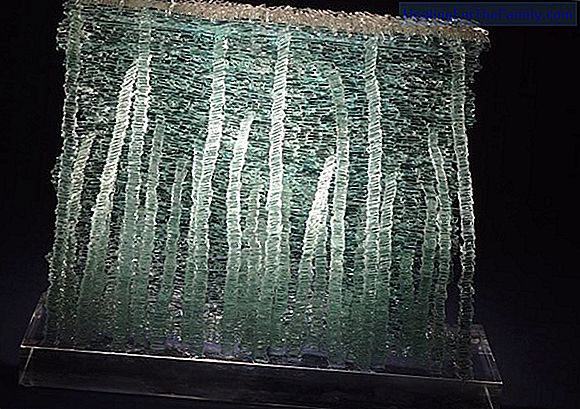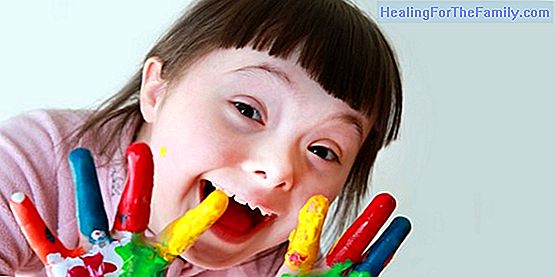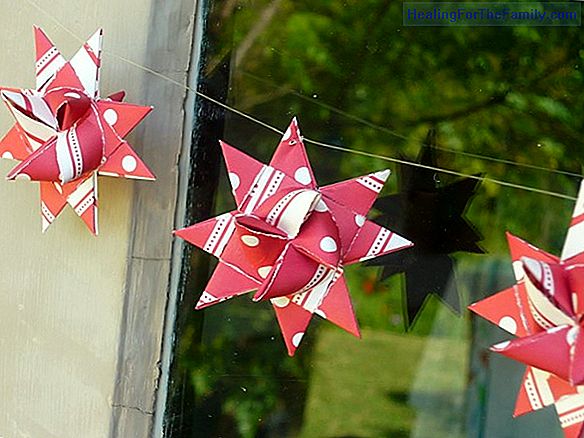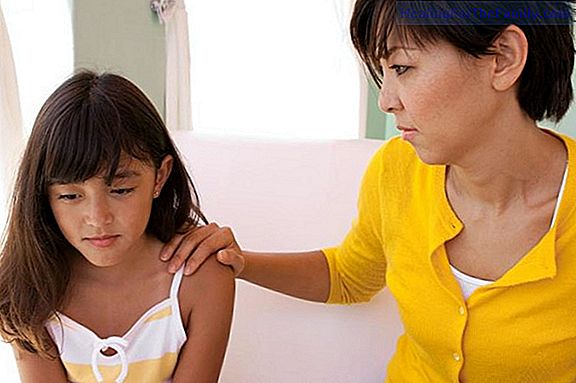Rheumatism in children. Child rheumatism
Rheumatism is a disease that also affects children, but it is very difficult to detect since children usually lead a normal life without even noticing the symptoms of this disease. Undoubtedly a lack of knowledge that in most cases does not allow us to adequately address the disease and that may, in
Rheumatism is a disease that also affects children, but it is very difficult to detect since children usually lead a normal life without even noticing the symptoms of this disease.
Undoubtedly a lack of knowledge that in most cases does not allow us to adequately address the disease and that may, in the long run, be a major problem if it is not tackled in time.
What is childhood rheumatism

Rheumatism or arthritis is caused by inflammation in a joint, which can lead to pain and even loss of movement. In almost all children it is known as Juvenile Idiopathic Arthritis or Juvenile Rheumatoid Arthritis. Although children do not usually notice the discomforts produced, a swelling of the joint can be observed.
According to the number of joints affected, 3 types of infantile or juvenile arthritis can be distinguished
La Pauciarticular, which is when less than 4 joints are affected. It is the most common arthritis in children and usually occurs in larger joints such as the knees or elbows.
The Polyarticular, which is when there are more than 5 affected joints, which can be both large joints such as the knees, and small joints in the hands or feet. In addition it is usually a symmetric arthritis that affects the same joint on both sides of the body.
The Systemic, which in addition to the joints can affect the heart, liver, spleen and lymph nodes and produce stages of fever.
How to combat childhood rheumatism
Juvenile arthritis is a challenge not only for children but also for their parents who should do everything in their power to help the child feel good both physically and emotionally. Therefore, following some guidelines, it will be possible to alleviate the effects of the disease. The first thing is to treat the child as normally as possible by removing iron from the subject, it is also advisable to encourage the child to perform physical exercises as therapy. It is also convenient to discuss the subject with the teacher so that the work is also carried out in the school.
The use of appropriate medications for the disease will also be necessary. In spite of everything, there are situations of frequent outbreaks and injuries in the bones that are important and will not be normalized. The action of treating rheumatic diseases depends on the disease and also depends on the child. In these chronic diseases, the goal of all treatments is to get the patient to live a normal life, to go to school and to miss as little as possible.
Diego Fernández. Editor of Guiainfantil.com

